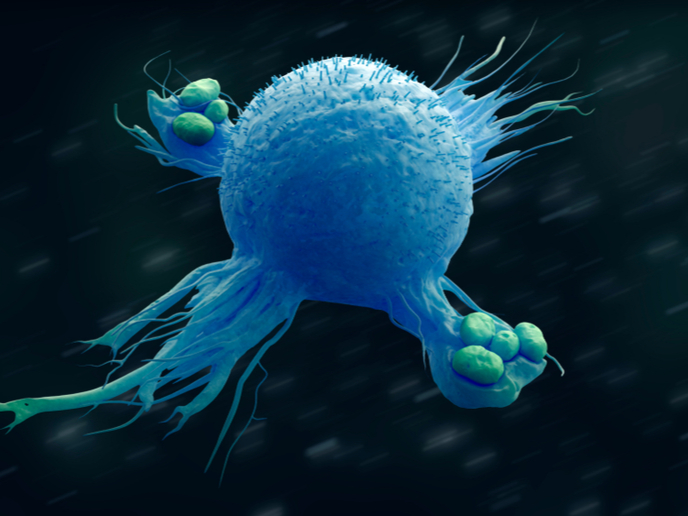Social evolution approach to tackling bacterial infections
The manner in which different species cooperate to survive has long been a favourite topic of evolutionary biologists. Meerkats for example take turns to look out for predators, and to care for each other’s pups. “Performing a cooperative act is a cost/benefit proposition,” explains SESE project coordinator Ashleigh Griffin from the University of Oxford(opens in new window) in the United Kingdom. “In the animal world, we can understand why an organism might perform an act that doesn’t directly benefit them. It is far harder however to think about bacteria behaving in this way.” Nonetheless, such cooperative behaviour happens at the molecular level – it is just more difficult to study. For example, bacteria resist antibiotics such as penicillin by producing enzymes. “If some cells are releasing enzymes to detoxify the atmosphere, others might take advantage of this and behave differently,” says Griffin. “This sort of cellular behaviour can have an influence on the progression of an infection.”
Social evolution and bacteria
The goal of Griffin’s SESE project – funded by the European Research Council(opens in new window) – was to apply this model of social evolution to better understand the behaviour of bacteria in the body. To find out what was really going on, Griffin collaborated with a group of clinical microbiologists. Bacterial samples had been taken of a group of around 50 patients over a period of 10 years. This enabled Griffin to catch a glimpse of how bacterial behaviour changes over time. “I was also interested to see if our understanding of social dynamics could be useful in the development of new strategies against infections,” notes Griffin. “The idea here would be to take a strain of bacteria that is not contributing to the excretion of useful compounds – a ‘cheat’ molecule if you like – and genetically engineering this to carry medically beneficial traits.”
Applying evolutionary biology to bacteria
Griffin was able to gain a number of insights into the social behaviour of bacteria in long-term infections and identify evolutionary mechanisms driving these dynamics. “The key insight here is that such findings are only possible if we integrate evolutionary biology into microbiology,” adds Griffin. “Most microbiology today is lab-based, with bacteria isolated from their environment.” Griffin uses the analogy of a giraffe being beamed up by a group of alien biologists, intent on understanding life on Earth by examining species in isolation. “To them a giraffe with its long neck would make no sense,” she says. “They would need to see the animal in the Serengeti, eating leaves off trees.” Only by seeing it in its environment does a giraffe make sense. The same goes for bacteria, which – just like animals – are products of adaptation. Pioneering this new way of thinking has been the key contribution of the SESE project.
New ways of fighting infections
Beyond fundamental science, the SESE project has also opened up potential new clinical applications. Understanding the behaviour of bacteria could one day help scientists to better control infections. “The idea of genetically engineering certain bacterial cells to become less resistant to antibiotics could be one strategy,” remarks Griffin. “This would enable us to stop relying on producing more drugs. This is one avenue of possibility, though a lot more work is needed.”







